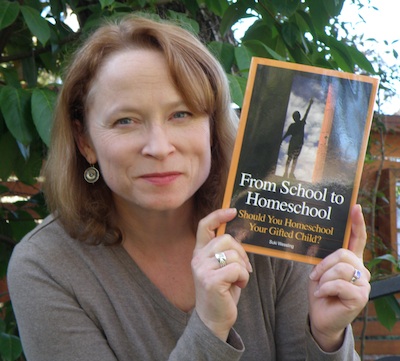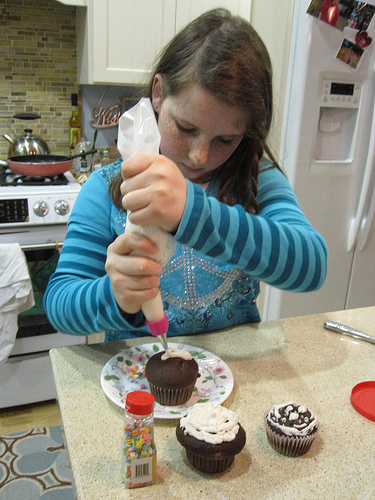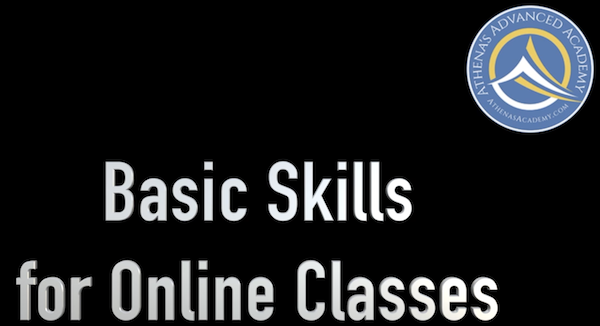Tag: Common homeschooling questions
-

How can I teach my young child without curriculum?
Do young children really need curriculum to learn? If you live a learning lifestyle, perhaps the answer is “usually they don’t.”
-

Curriculum is the vehicle; learning is the destination
New homeschoolers are often focused on trying to purchase the perfect curriculum. But it’s important to remember that the curriculum we choose is simply a different learning vehicle.
-

Support your teen who is learning at home
The other day I wrote about homeschooling tips you can use with your suddenly-at-home younger kids. Today I’m addressing your teens, who may have quite different needs. Whether your teen is homeschooled or at school in regular life, things have changed. They are now home 24/7 and that can exacerbate existing tensions. Teens thrive with…
-

Temporary homeschooling tips!
You may not be in a position to become a homeschooler full-time, but here are some tips for ways that you can keep your kids—and you—from going insane in the short term.
-

Is my student ready for online courses?
I often see this question in homeschooling and parenting groups: How do I know if online education will work for my student? I’m not a proponent of kids sitting in front of computers all day with no real-world interaction, so if you’re looking to an answer whether you should enroll in K12 or another full-time…